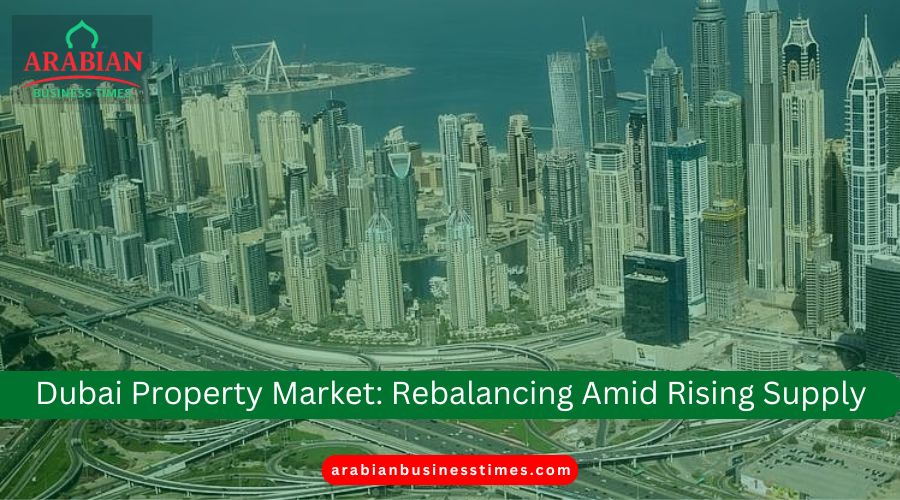Dubai’s property market, after four years of rapid growth, is approaching a decisive turning point. Analysts at Moody’s and Fitch Ratings warn that a surge in housing supply between 2025 and 2027 will meet moderating demand, setting the stage for an orderly market rebalancing rather than a crash.
Residential Prices Rose Nearly 60% Since 2022
Dubai’s real estate values have soared almost 60% between 2022 and early 2025, driven by foreign investment, rising incomes, and record levels of immigration backed by long-term visa reforms. However, industry experts now anticipate slower momentum as supply and demand begin to diverge.
150,000–250,000 New Homes by 2027
-
Moody’s expects 150,000 new homes to be delivered between 2025–2027, equal to 20% of Dubai’s current housing stock.
-
Fitch forecasts nearly 250,000 units, with 120,000 set to hand over in 2026 alone.
This influx represents a 16% increase in supply compared to expected population growth of just 5%. Both agencies say this imbalance could trim prices by up to 15%, though without destabilizing the broader economy.
Strong Demand Drivers Remain
Despite the looming supply wave, demand fundamentals remain robust:
-
Population Growth: Dubai’s population crossed 4 million in 2025 after rising 6% in one year.
-
Affluent Residents: Over 80,000 millionaires now live in the city.
-
Luxury Market: In Q1 2025 alone, 590 homes above Dh20 million were sold, showing strong appetite for prime property.
Experts note that luxury villas and townhouses are likely to hold value, while mid-market apartments could face downward pressure.
Early Signs of Cooling
While 2024 still saw double-digit price increases, rental growth slowed sharply to 8.5% in May 2025, down from over 21% a year earlier. Rising global interest rates are also pressuring mortgage affordability, nudging buyers into a more cautious stance.
Developers and Banks Are Stronger Than Before
Unlike previous downturns, Dubai’s real estate sector is more resilient:
-
Developers: Emaar alone has a backlog of Dh129 billion, up from Dh25 billion five years ago.
-
Profits: The six largest developers earned Dh46 billion in 2024, compared to Dh12 billion in 2020.
-
Safeguards: Escrow rules, stricter project launches, and buyer protections in Dubai, Abu Dhabi, and Sharjah ensure reliable project completions.
-
Banks: Corporate real estate lending fell by Dh66 billion since 2022, cutting exposure and reducing systemic risks.
What It Means for Buyers, Tenants, and Investors
-
End-users: More supply means greater choice, bargaining power, and potential rent stabilisation.
-
Tenants: Especially in mid-market apartments, rents may plateau as new stock enters the market.
-
Investors: Selectivity becomes crucial. Premium properties may hold value but offer lower yields, while oversupplied areas pose higher risks.
Outlook: From Boom to Balance
Analysts agree that Dubai’s real estate sector is unlikely to collapse under the new wave of supply. Instead, the years of relentless price surges are expected to transition into a period of market rebalancing. The challenge will be absorbing the 2026 supply boom, while the opportunity lies in creating a more stable, transparent, and globally competitive property market that benefits both residents and international investors.

